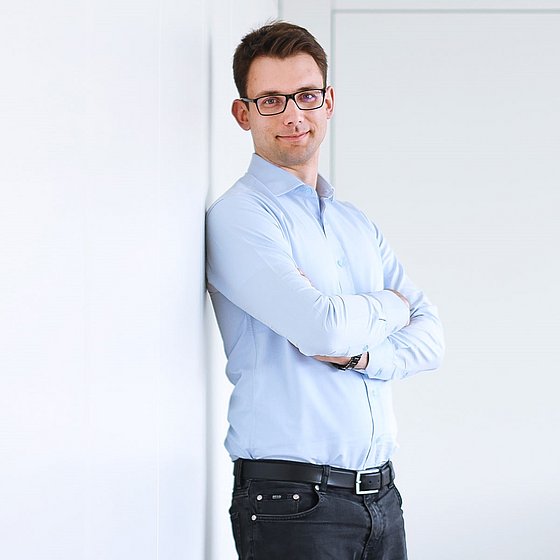Integration of Topology and Shape Optimization into a Rule-Based Design of Framework Structures

One of the topics currently shaping research is the continuous digitalisation of product design and production. This holistic digital representation of the product life cycle requires interdisciplinary data modelling and processing in order to conceptually solve the problem of the many software tools and associated interfaces. In this thesis an engineering framework with graph-based design languages is used for this purpose. In this dissertation, tools of density-based topology optimization are used. Topology optimization is a type of structural optimization that allows the formation and disappearance of holes in the design space and thus changes the topology. Topology optimization is used at an early (concept) stage and, due to the degrees of freedom it offers, has enormous potential for weight saving. The aim of this thesis is to integrate topology optimization in the holistic product design, both in the phase of model construction and in the reconstruction of the optimization result. The conversion of the result of topology optimization to a parameterized geometry is currently the greatest obstacle to its complete automation. With the help of a physically based criterion, a solution for this problem is proposed using the example of truss structures. The stress tensors of the optimization result are used to divide the structure into individual beams. With the help of this structure decomposition, the automated creation of a parametric geometry and a FE-model with one-dimensional beam elements for shape optimization, is possible. The presented algorithm for structure interpretation is embedded in a graph-based design language which allows the mapping of other domains, such as functional modeling, cost modeling and manufacturing modeling.
Shaker Verlag, ISBN: 978-3-8440-7788-9
